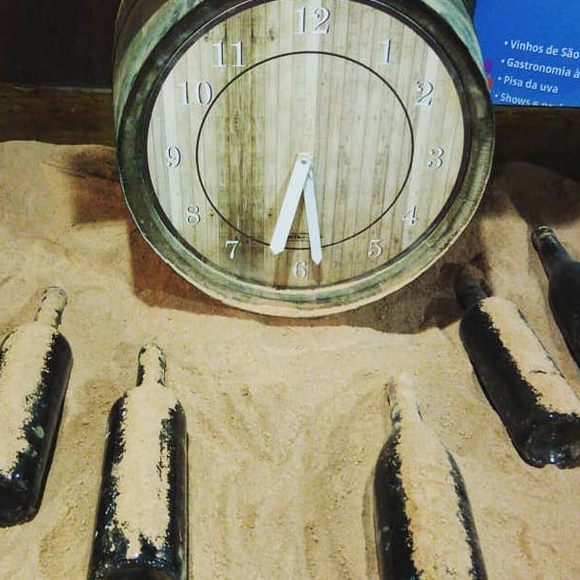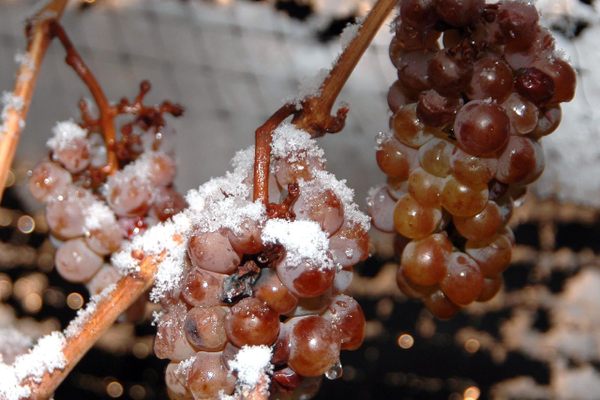Drinks
Vinho dos Mortos
Facing invasion, the small town of Boticas buried their bottles and gave birth to a unique style of wine.
While it may not be a first-order instinct to bury the wine in the face of an invading army, that’s precisely what the townspeople of Boticas did when Napoleon made his second advance through the British-allied Portugal in 1809.
Knowing the French army had already sacked and looted Portugal’s two largest cities (Lisbon and Porto), the few hundred inhabitants of Boticas buried their wine bottles beneath the sandy soil, where they remained hidden and untouched while war waged across the land. In 1811, Portugal, aided by its British allies, finally expelled Napoleon and his troops. The people of Boticas began to pick up the pieces of their ransacked lives, including unearthing their buried bottles. Despite low expectations, the darkness and cool earth had allowed a slow, cool, continued fermentation of the wine, revealing a surprisingly light and balanced vinho with a pleasant effervescence. In honor of the burial, the wine was dubbed vinho dos mortos (wine of the dead), and from then on, the tradition of burying bottles was passed from generation to generation.
While once at risk of disappearing, the tradition is now carried on by one winemaker, who learned the process from his parents and grandparents, with his trademarked “Vinho dos Mortos.” The raspberry-hued wine is made from a blend of alvarelhão, bastardo, malvasia fina, tinta carvalha, and tinta coimbra grapes, all grown in the mountainous region of Trás-os-Montes. Each February, Armindo de Sousa Pereira buries 2,500 bottles of his wine under soil and gravel, leaving them to age for four to five months. Then, around June and amid the fanfare of locals and visitors, Pereira digs up the bottles. The spectacle has raised awareness of the village, its history, and its wine. And although the bottles are not sold outside of Portugal, Boticas and Pereira encourage visits to the vineyard and the local museum showcasing the wine’s history. Find your way in the balmy months of June and you may be able to dig up your own bottle and enjoy it alongside two other protected gastronomic delights: veal and honey.
Where to Try It
-
Vinho dos Mortos
Rua de Santo Aleixo 29, 5460-330, Boticas, PortugalWhile the unearthing of the wines typically occurs around June, you can visit the winery year-round.
Written By
 Leigh ChavezBush
Leigh ChavezBush
















